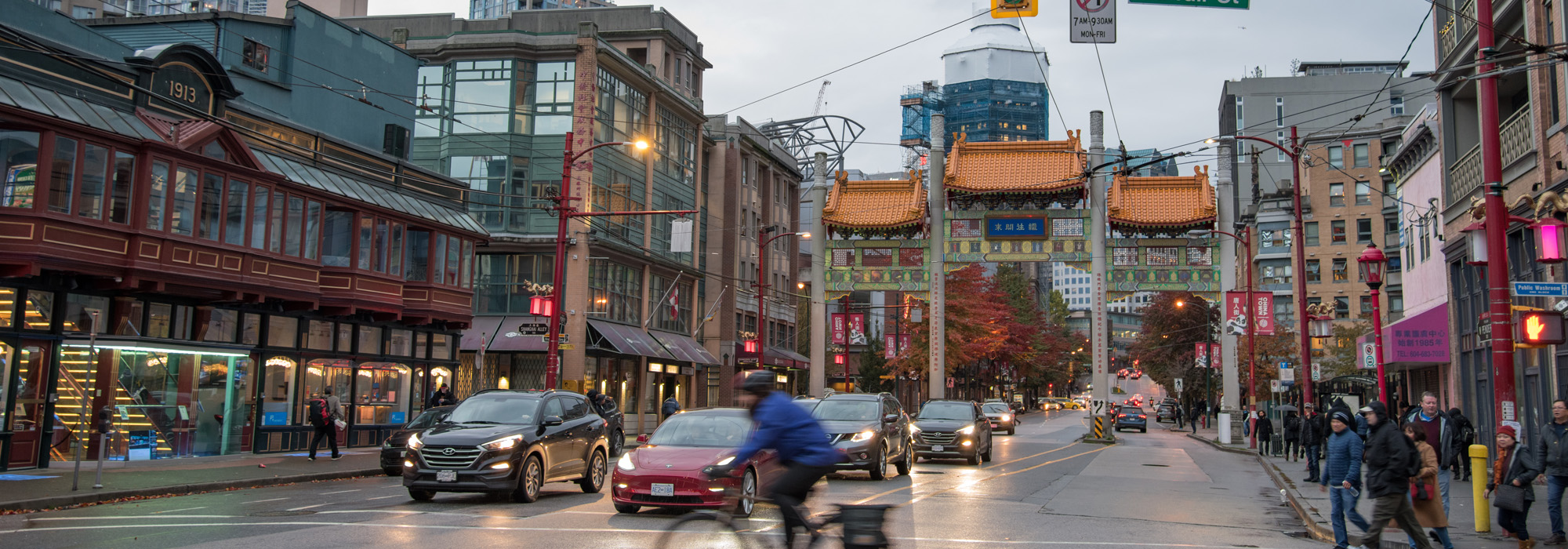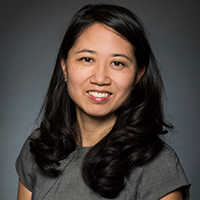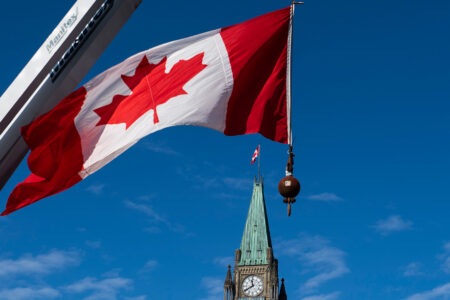
The COVID-19 pandemic has come with virulent anti-Asian racism. Fear has led to the use of the term “Chinese virus,” the revival of the slur “Chink,” the perpetuation of myths that Chinese people eat bats, an increase in violent attacks against Asians and unwarranted blame placed on Filipino workers for the spread of the virus. All these incidents of racism have happened in a span of eight weeks, leading to a public health concern: people who are feared and stigmatized may delay seeking care, increasing the vulnerability of that racialized population. And no one should have to fear violence when they step outside their door.
Canada’s pandemic plan needs to consider the fear that accompanies any new contagion. When a virus’s origin is traced to Asia, the plan must include not only an evaluation of whether its measures encourage anti-Asian sentiment but also strategies to mitigate racist perceptions that equate Asians with the virus.
Racism driven by fear of infectious disease is not new. During the SARS outbreak, the public became fearful of Asians. Earlier infectious disease epidemics were associated with specific ethnic groups, too: the bubonic plague was linked to the Chinese in 1900, and the 1993 hantavirus infection was dubbed the Navajo disease. Past episodes demonstrate that fear of foreigners can also spread beyond the context of disease to influence immigration policies. Historically, Canada has selectively admitted some racialized persons as cheap labour while excluding others to pacify or appease anxiety among the White population. Chinese workers were allowed in, in the 19th and 20th centuries, but had to pay a hefty tax; Sikhs on board the Komagata Maru were turned away with tragic results in 1914.
Border restrictions are among the many layers in Canada’s response to the current pandemic. Initially the border was closed to all foreign nationals except US citizens, but the government had to walk back this exception. Canada currently admits temporary foreign workers, international students and refugee claimants while barring entry to almost everyone else, including US citizens and even immediate family members of Canadian citizens and permanent residents, unless they are providing essential services.
It is too soon to tell whether border closures have been effective in stemming the spread of the disease. But early government data do not show Asian travellers at the top of the list of carriers. As of April 7, 42 percent of all non-resident travellers entering Canada who had COVID-19 were from Europe, and 35 percent were from Asia. As of April 17, 404 people travelling from the US had COVID-19, as opposed to 5 people from China.
The border is not completely shut, and the measures do not directly prohibit the entry of Asians, but that does not mean the restrictions affect everyone equally. As in the past, the inclusion and exclusion of persons is selective. The exclusion of non-essential persons may be aimed, in part, at reducing fear and anxiety in Canada, reinforcing the narrative that foreigners — Asians — are the primary vectors of the virus.
Temporary foreign workers and asylum seekers have filled labour needs in essential services, most notably in health care, agriculture and food processing, where they are risking their lives. Yet they are being blamed for outbreaks in their workplaces despite the fact that it is their working conditions that are responsible for the virus spreading. Reports of exploitation and abuse of temporary foreign workers are not new but still troubling. Cramped and crowded living and working conditions, low pay and lack of safety or protection gear, for example, are the direct result of their temporary immigration status. Outbreaks on farms and in meat packing plants have been blamed on persons of Filipino descent. These experiences should reignite efforts to create permanent pathways for immigration for those working in essential services, not only to reduce abuse and exploitation of workers but also to prevent the misunderstanding that it is foreign workers who are spreading disease.
Policy-makers have many factors to consider. It’s not easy to deal with a new, unknown and unpredictable harm. Still, public health officials should consider whether any restrictive measures used to protect the public may also promote racism, stigmatization and discrimination. Pandemic plans should also include strategies to shape an accurate public understanding of how the virus is transmitted and reduce unfounded fears that can stimulate racist assumptions and perceptions.
For Asian Canadians, until there is a more pointed effort to address racism in the official response to the pandemic, we know that no matter what we do, fear will permeate public reaction and manifest itself in harmful ways. We can put our lives at risk serving on the front lines in health care or in ensuring our food supply is stable, and one of us can even serve as Canada’s top doctor, but relying on racialized persons to be model immigrants should not be a strategy. The responsibility to address racism should be borne not by the people experiencing it but by those shaping law and policy.
Scientific data show racialized persons are more likely to die from COVID-19 than White people and that the difference may not be caused by pre-existing differences in wealth, health, education or living arrangements. It’s a good first step that some governments are collecting race-based data on the impact of the disease, but more action is required. All governments must acknowledge that how people perceive the spread of this virus can place a disproportionate burden on racialized persons, and that racialized people will experience the pandemic differently, whether they are Asian, Black, Indigenous or Latinx. Race-based analyses must be part of all public health measures in a pandemic.
This article is part of the The Coronavirus Pandemic: Canada’s Response special feature.
Photo: Vancouver’s Chinatown area. Shutterstock.com, by Michael Gordon








